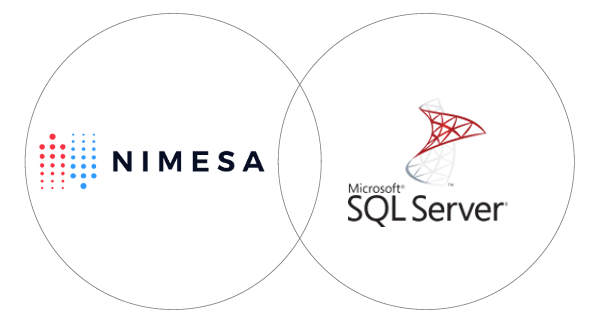In today’s digital age, businesses and individuals alike are increasingly reliant on the cloud for data storage and backup solutions. The convenience and scalability of cloud services make them an attractive option for safeguarding critical information. However, with …
Download Nimesa for MSSQL on AWS Datasheet
To download the file, fill up the details asked below.





